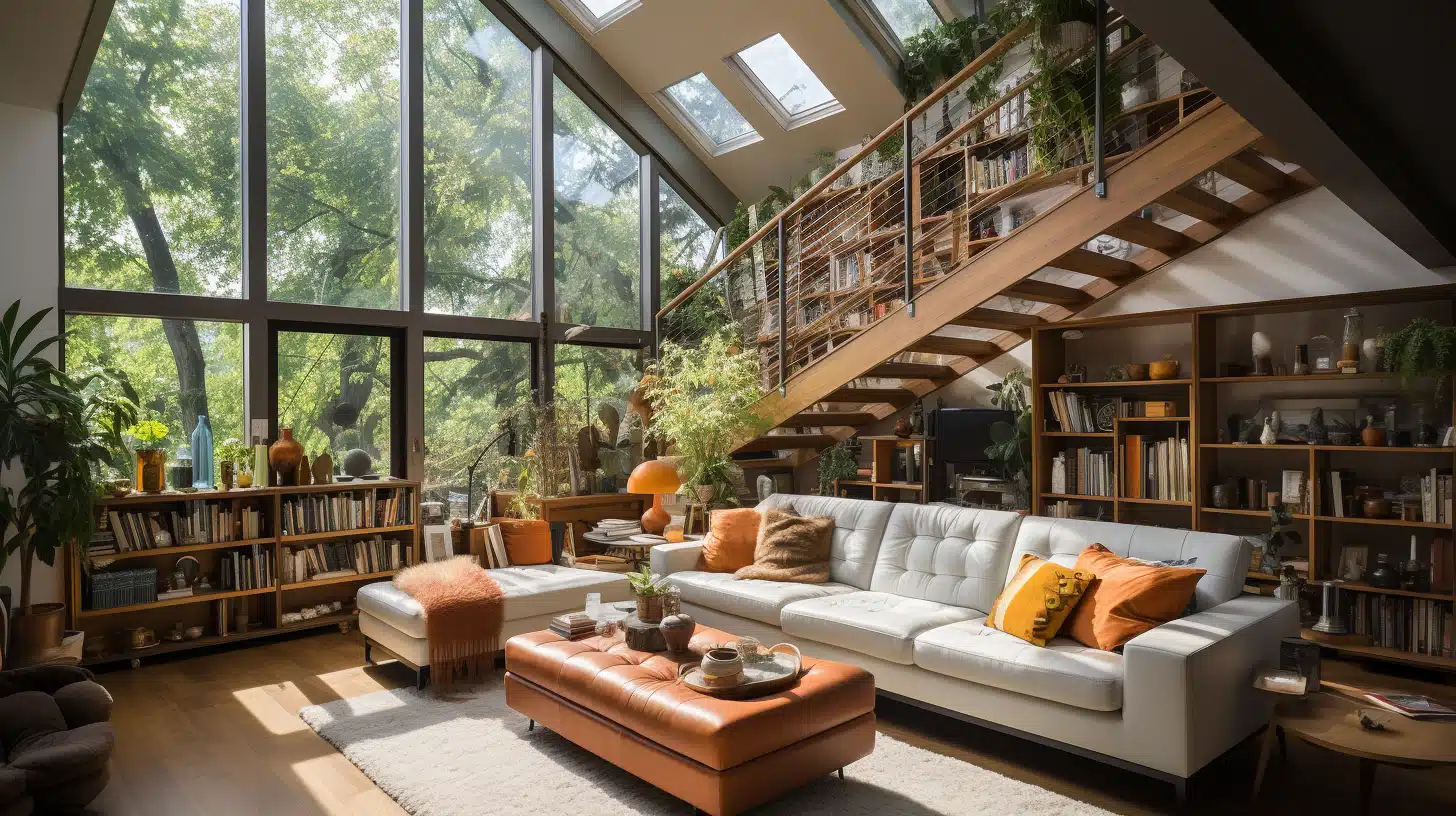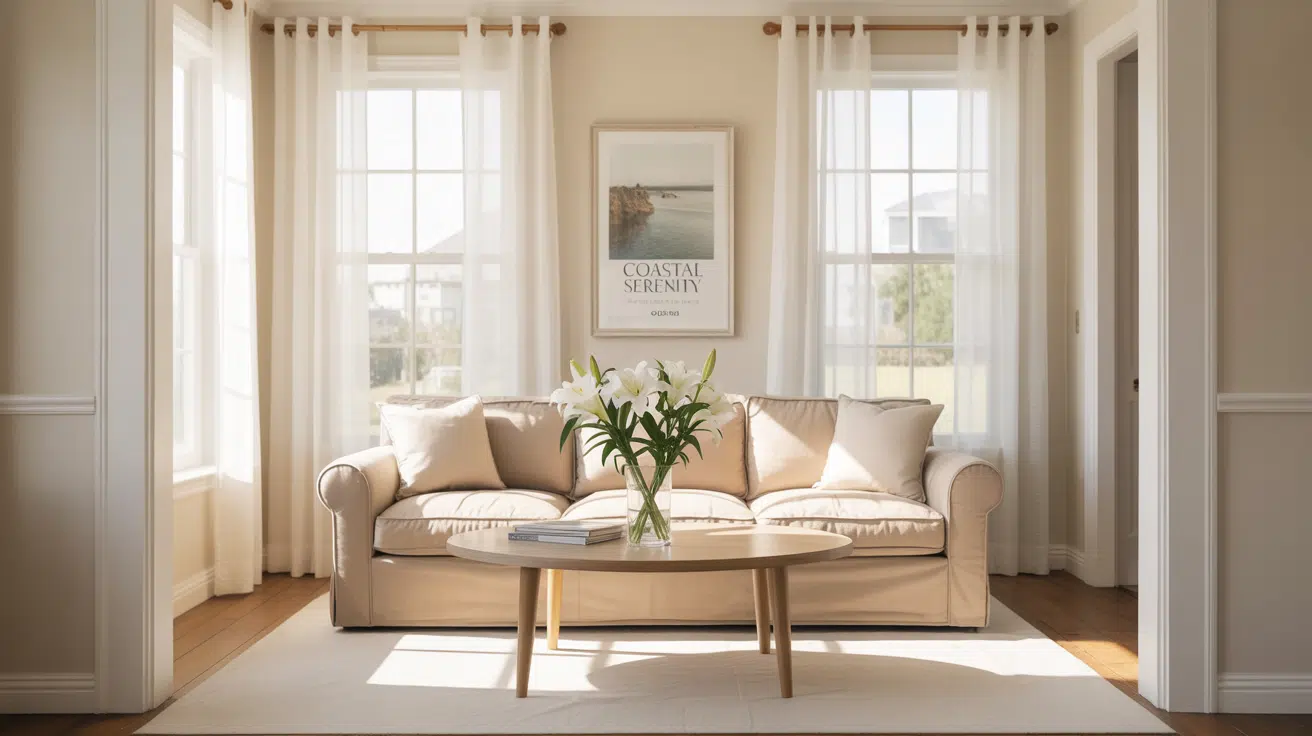Rented Storage and Loft Apartments Are the Perfect Combination for Toronto’s Empty Nesters
Toronto’s housing crisis has been headline news for the past four years. But as it drives up rental prices and mortgage rates, it is having as much impact on long term residents as it is on first time buyers. Empty nesters in the city can ease the financial burden by exploring a combination of chic loft apartments for city living and rented storage for storing treasured memories.
One of the key actions that developers are pursuing in Toronto to combat the housing crisis involves brownfield regeneration of Toronto’s industrial past. This has inspired some incredible loft apartments that are becoming synonymous with the new face of Toronto. These are not just the domain of young professionals, they also make ideal properties for Toronto’s empty nesters. But the practicalities of downsizing demand some extra thought and planning.
Storing Treasured Memories
There are storage units for rent in Toronto ranging in size from 3′ x 5′ to 20′ x 30′. These are an essential part of the mix for Canadians empty nesters seeking to downsize. With Canadians taking longer to fly the nest, most empty nesters in 2024 are in their 50s. By this time, most of us have accumulated plenty of belongings, many of which represent treasured family memories.
The right storage facility is the first step towards successful downsizing. But which one is right? Of course, that depends on personal circumstances, but the following should provide some guidance:
- 3’ x 5’ – this is equivalent to a medium sized closet.
- 5’ x 5’ – this equates to a large closet. It is usually only two or three dollars more per month, so most people choose this over the three by five.
- 10’ x 10’ – this is the equivalent of a walk-in closet and can hold the content of a small office suite or a studio apartment.
- 10’ x 20’ – similar to a standard garage, this has enough space for the contents of a small house.
- 20’ x 30’ – This is equivalent to a triple garage and provides cavernous space for all your needs.
Most storage facilities offer intermediate sizes too, such as 5’ x 8’, 10’ x 15’ and so on. Take some time choosing what size you need. You will be surprised at how much you can fit into a seemingly small space, especially when items are boxed and stacked for optimum efficiency.
However, having said that, it pays to err on the side of caution and have more space available than you need, as we never stop accumulating things as years go by. While any storage provider will be happy to let you upgrade to a larger unit, it involves some inevitable upheaval moving all your belongings, so try to think about your medium to long term needs.
Keep, Store or Discard?
Downsizing to a Toronto loft apartment and having a storage unit for possessions and memories is fine. But making the move is also an opportunity to truly evaluate what you have and remove some clutter. There is, after all, a difference between treasured possessions and accumulated junk. Take the opportunity to declutter your life by separating what you have into three categories:
1) The essentials – These are things you use regularly, ranging from your living room and bedroom furniture to kitchen flatware and appliances to accessories like family photos and ornaments that you will have on display in your new apartment.
2) Other possessions you want to keep – These are items that you want to retain but do not use all the time. They might include collections of books, keepsakes from your children’s younger years and other things you might only need occasionally such as DIY tools, Christmas decorations or spare sets of bed linen for guest use.
3) Unwanted clutter – There are various ways of identifying items that you no longer need, including the 20 20 rule, which states you should get rid of little used items if you can replace them for less than $20 in less than 20 minutes and the six month decluttering rule. The latter is useful for items when you cannot decide whether they fall into the second or third category – you can always keep them provisionally and revisit them six months later.
Items in category one will go with you to your new apartment, while those in category two can take up residence in your storage unit. As for the third category, some articles might be appreciated by youngsters who are setting up on their own, while others can be sold or donated to charity.







